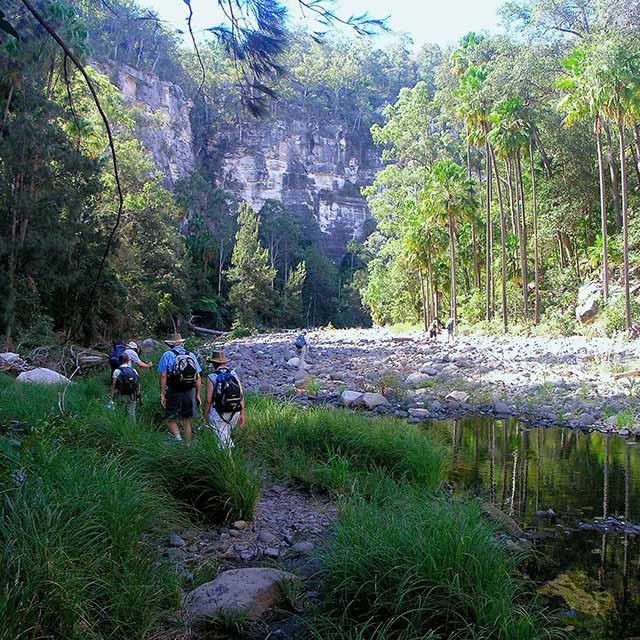
Early morning enjoyment, wandering up Carnarvon Gorge full of anticipation and far from any urban spoil - joys of the Australian bush
Here are 10 compelling reasons to admire the Australian bush through its magnificent iconic trees
Universally known for their contribution to life on the planet, trees occupy a commanding presence in the ecosystems across the Australian Bush. They beckon your discovery of the greater country beyond city confines.
They contribute to the oxygen we breathe, the shade, shelter and food we seek, the psychological lift facilitating healing, the call to adventure for every tree climbing child.
Here are 10 iconic trees to place on your Australian bush holiday discovery list.
1. The Coolibah
Botanically known as the Eucalyptus Coolabah, it resides in the riparian zones of mainly arid country, its name emanating from the Aboriginal word “Gulabaa”.
Its dark grey heavily furrowed bark and branches stretch far and low, often as far as the tree is tall. It thrives on periods of flooding with water preparing its seedbeds for propagation.
Considered iconic because it received critical prominence in the ill-fated Burke and Wills Expedition as the “Dig Tree” and in “Waltzing Matilda” our adopted national song, given a swagman once camped by a billabong under the shade of a Coolibah Tree.
Coolibahs feature prominently in our Corner Country and Big Rivers Outback Tours
2. Antarctic Beech
Not a Eucalypt but a Nothofagus Tree. These triumphant inhabitants of the world heritage, cool temperate rainforests are richly adorned with orchids, ferns, fungi, lichen and mosses and can claim to be one of the oldest living trees in the world.
They originate from the Triassic Period 180 to 200 million years ago with current specimens reported to be 2,000 to 12,000 years old.
Considered iconic for they link us to our very beginnings as a nation, with fossil evidence found in Antarctica, signs of Australia’s foundation in the great Gondwana land.
Antarctic Beech Trees feature on guided walks in our Great Divide Iconic Landscapes, World Heritage Wilderness and Uniquely Australia National Parks Tours
3. Giants of the Old Growth Forests
They rule over the surrounding rainforests. Eucalyptus Regnans are the tallest trees in the Southern Hemisphere, the tallest flowering tree in the world with current specimens towering 87 to 99.8 metres. One logged specimen measured 132 metres.
Their presence and protection have been the subject of fierce conservation battles over recent years, particularly in Tasmania and their lifespans stretch for 300 to 600 years. Their hollowed trunks, resulting from fire, can easily accommodate 10 to 20 people, standing.
Considered iconic for nature’s magnificence and bringing highly focused awareness to conservation values in Australia.
The Giants feature in our Tasmania National Parks Tour
4. Casuarinas
With 17 differing species in the family, they range far and wide and are a native of Australia. The name is derived from the Cassowary Bird given the tree’s drooping wire-like branchlets resemble the feathers of the bird. Commonly called She-oaks and often mistaken for a Pine Tree they grow up to 20 metres and are broadly tolerant to river, swamp, coastal and desert conditions where their root systems provide vital soil stability. They are especially tolerant of wind swept coastal locations.
Considered iconic for their enhancement of river and beach reserves where people relax, some even noticing the murmuring breezes passing through the foliage. Also their importance in capturing nitrogen from the air and passing it into the soil, nitrogen being crucial to plant growth.
Casuarinas are enjoyed broadly on our Uniquely Australia National Parks, World Heritage Wilderness and Great Divide Iconic Landscapes Tours
5. Desert Oaks
Part of the Casuarina family, the Desert Oak also deserves special mention. Known as the “Kurkara” tree by the First Australian, Anangu People of Central Australia. In the desert environment they take many years standing like “feather- dusters”, sending down a 10 metre tap root in search of water. They then dedicate growth to their crown, producing magnificent specimens up to 400 years old (pre-European settlement in Australia).
Their cork like bark with deep furrows is designed to repel the heat of wild fires. To the First Australians the tree roots and hollows were a source of water.
Considered iconic for all the Casuarina qualities. A late afternoon scan of the desert landscape against fading light with all the Desert Oaks “on parade” can be a highly arousing experience.
Experience them all on our Central Australia, Red Centre Tour and late in the Flinders Ranges, Lake Eyre, Red Centre Tour
6. River Red Gums
One of 700 or more Eucalyptus species in Australia, adorning the inland river banks and surviving for 500 to 1000 years, providing home and harvest for a rich variety of wildlife. Frequently straight but usually twisted and contorted from the passage of time. Their smooth bark ranges in colour from grey or white to deep reddish brown. They can shed their heavy branches without warning and are termed “widow-makers” as a result.
Their large dense crowns provide shade in extreme temperatures. The root systems secure the river banks and provide entangled environments for fish breeding and retreat. Hollows in the branches and trunk develop when the tree is 120 to 180 years old providing homes for a wide variety of birds and wildlife.
Considered iconic for their role in far reaching wildlife corridors across inland Australia, their sheer magnificence standing sentinel along the inland waterways – a symbol of the outback.
River Red Gums feature in our Adelaide to Alice Springs Classic Outback Tour, the Corner Country Outback and Big Rivers Outback Tours
7. Flooded Gums
Botannically known as Eucalyptus Grandis or Rose Gum they dominate the wet forests and rainforest margins of coastal SE Australia reaching to a height of 50 to 80 metres or more.
Their distinctly straight trunks with smooth white to blue-grey bark make for awesome viewing.
Considered iconic for their startling contrast and dominance over other forest species, all reaching for light in a crowded canopy. Certainly a tree to look up to.
Flooded Gums stand tall on our Uniquely Australia National Parks Tour and Outback to Reef Tours especially in the central forest of world heritage Fraser Island.
8. Mallee
One of the 700 Eucalyptus species, uniquely different in structure and character, with its many fine trunks shooting up from an underground bulbous woody core called a “lignotuber” or mallee root. The Mallee are tough survivors in semi-arid to arid regions.
It grows in woodlands and shrub-lands and can reach 10 metres in height while providing regional habitat to the Mallee Fowl and other wildlife. It has been at the forefront of battles with farmers seeking to tame the constantly suckering trees to enable cropping. The legendary “stump-jump plough” was designed as a result. The First Australians word “mali” means water. They knew the roots contained fresh drinking water and regenerated quickly after harvest, fire or a prolonged drought.
Considered iconic for its unique form and character, the tenacity to survive in arid conditions and nature’s way of responding to mankind’s quest for dominance.
Take a walk in Mallee woodland on our Big Rivers Outback Tour
9. Ghost Gums
Made famous by the creative works of Aboriginal artists Albert Namatjira, the Ghost Gum has brilliant white powdery bark which can glow in the moonlight, generating spiritual thoughts amongst the First Peoples of Central Australia. Growing in almost impossible locations, in the cracks of red gorges and on harsh rocky slopes, it defies every challenge.
Its qualities include good firewood resistant to rain, medical properties used by the First Australians as a leech repellant, an antiseptic and relief for burns, fighting chest infections and bathing sore eyes. Read more to the Ghost Gum story in an earlier article.
Considered an icon given it represents home to thousands of outback people, a legendary symbol of the Australian bush and still the focus of artists and photographers from all walks of Australian life.
Awesome images of Ghost Gums await on our Central Australia Red Centre Tour
10. Dead Trees
While some trees may appear to be dead, victims of drought or fire, they still possess qualities of iconic proportions. Their ability to re-shoot after impact, their value as firewood or for property improvements, providing a new home for wildlife or for the slow return to forest soil.
They also provide inspiration for artisans drawn to their sculptural or texture appeal.
Stay Connected. Subscribe now for informative online insights into nature and news of “off the beaten track” adventure holidays.
0
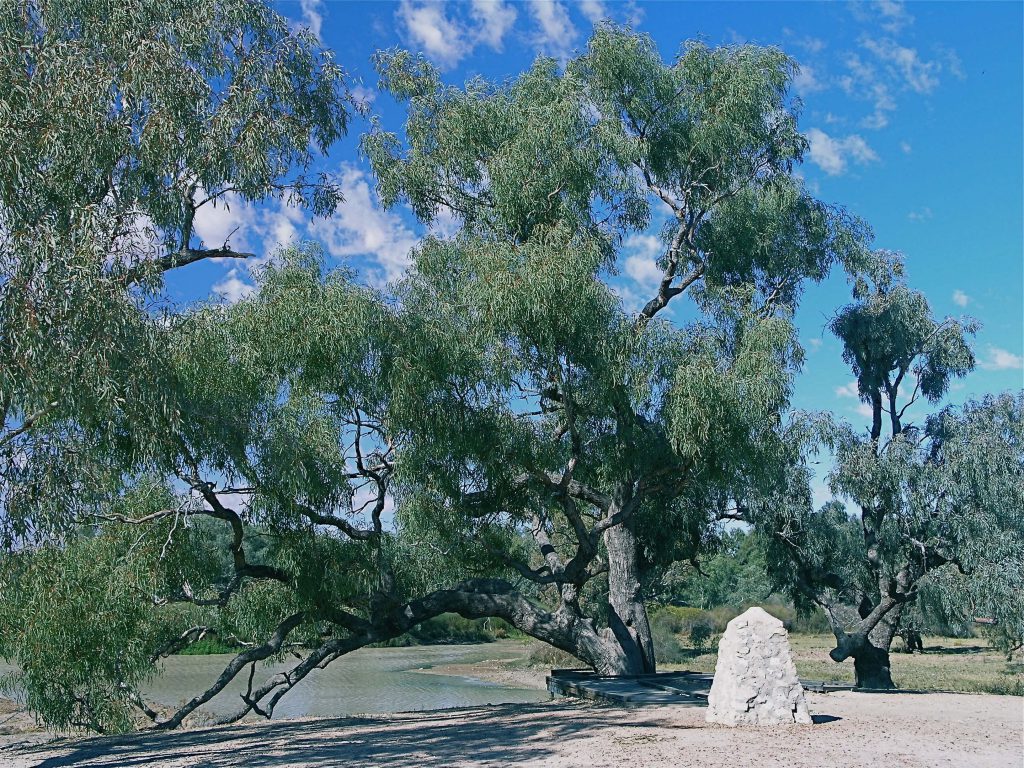
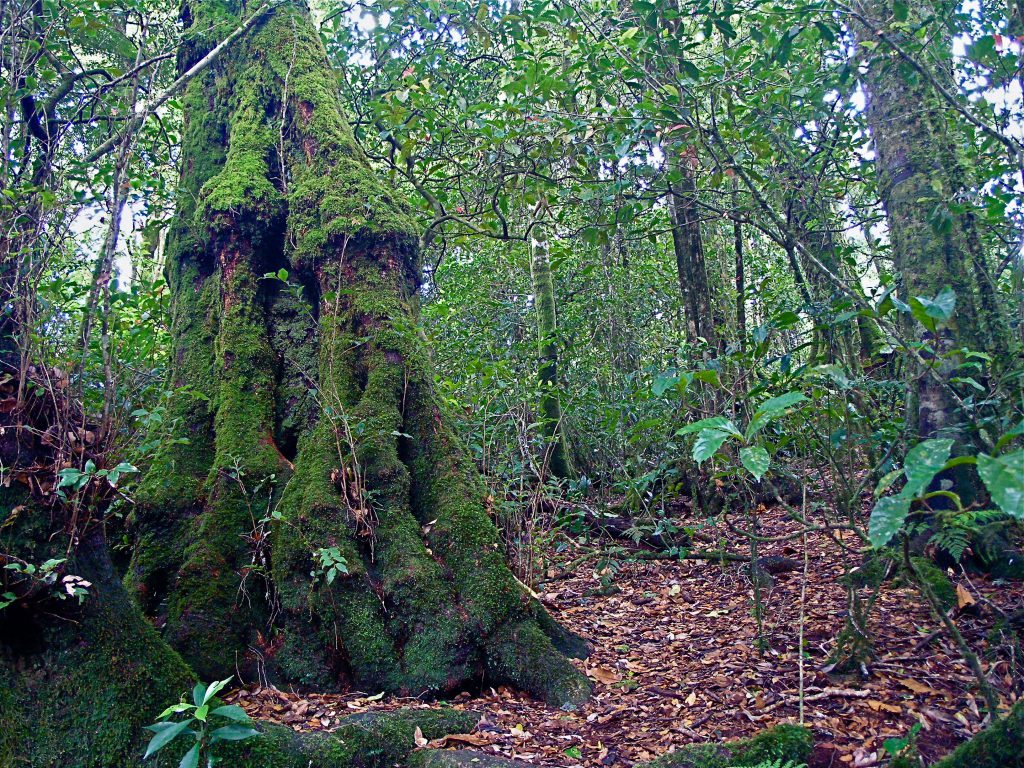
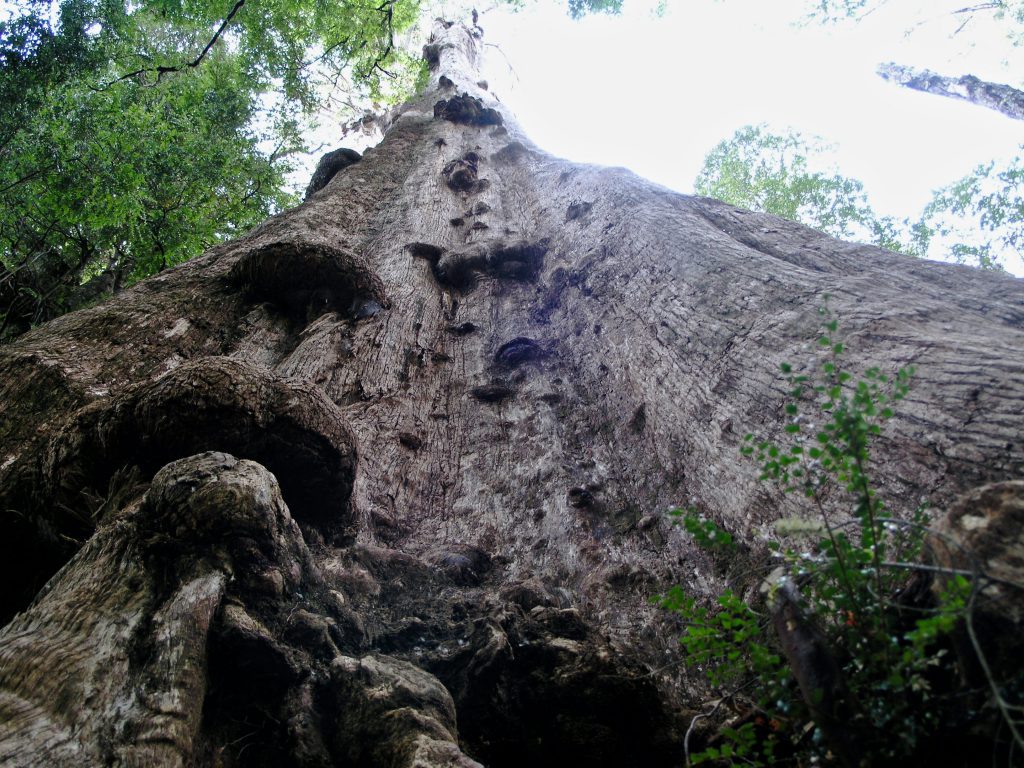
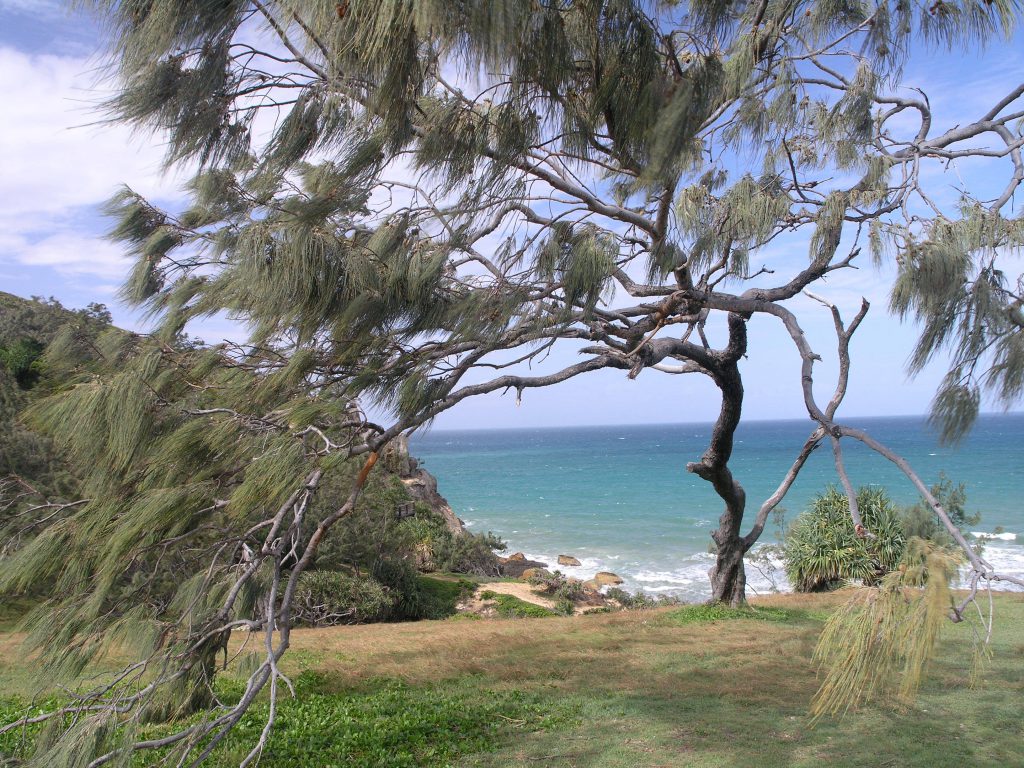
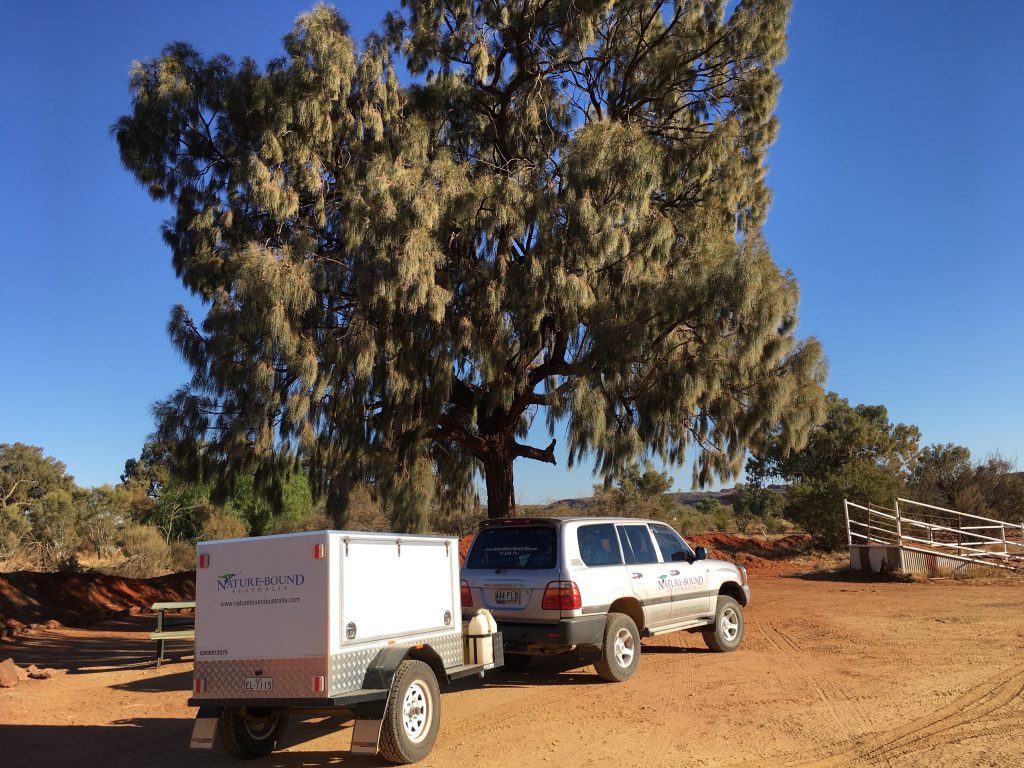
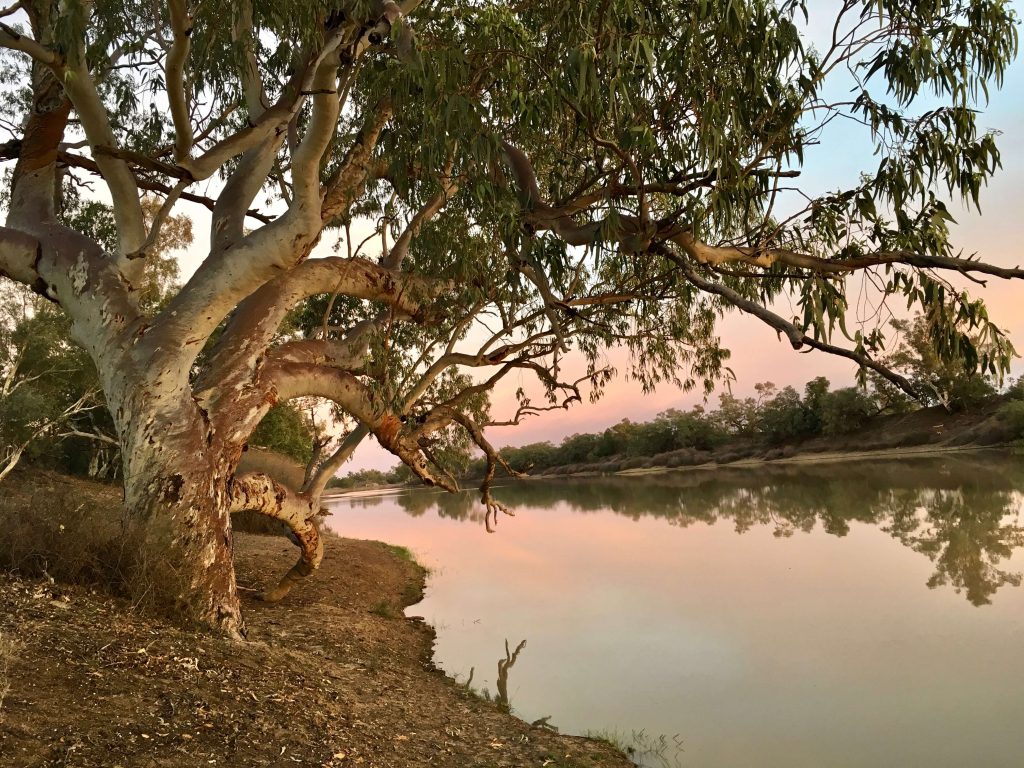
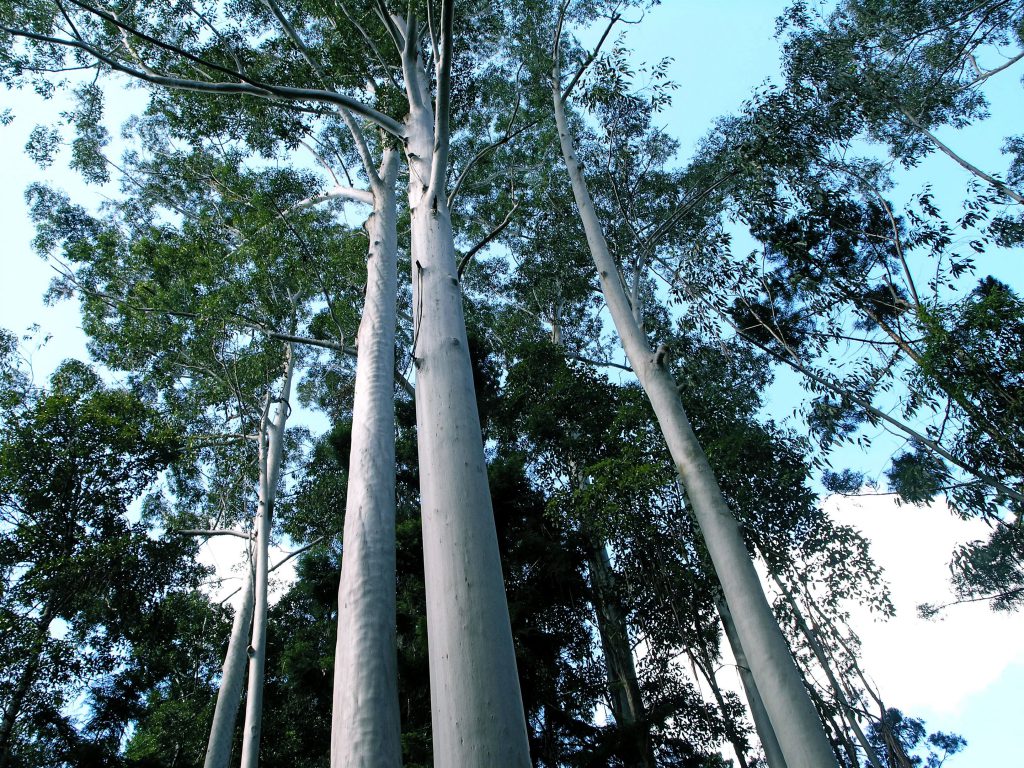
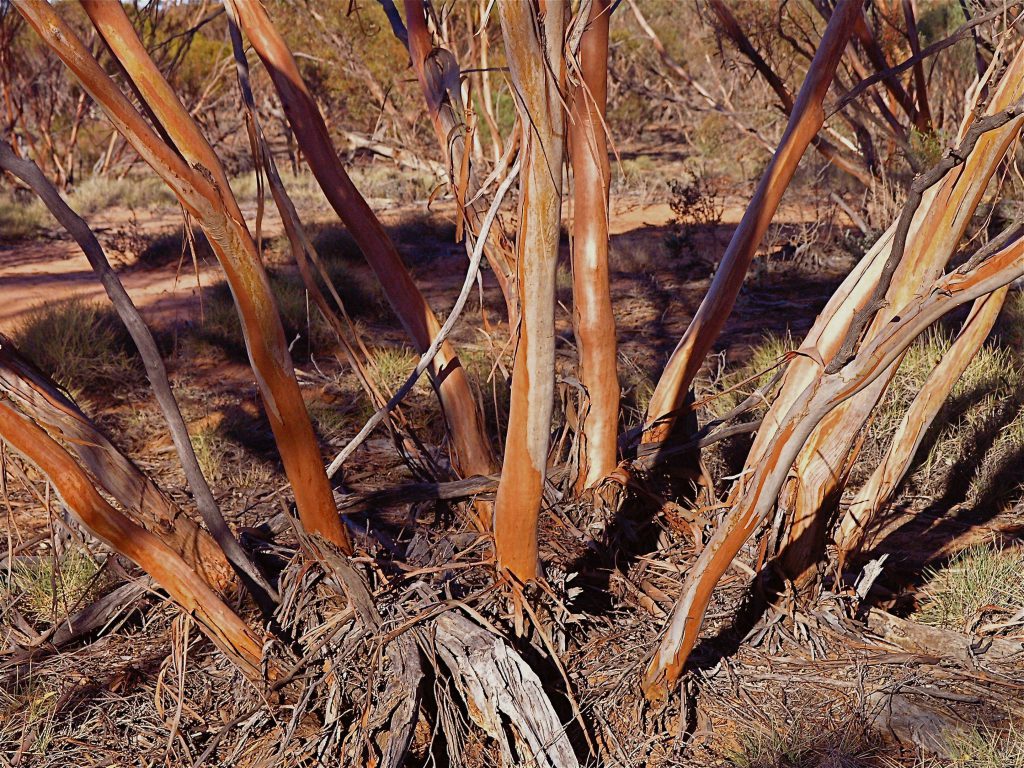
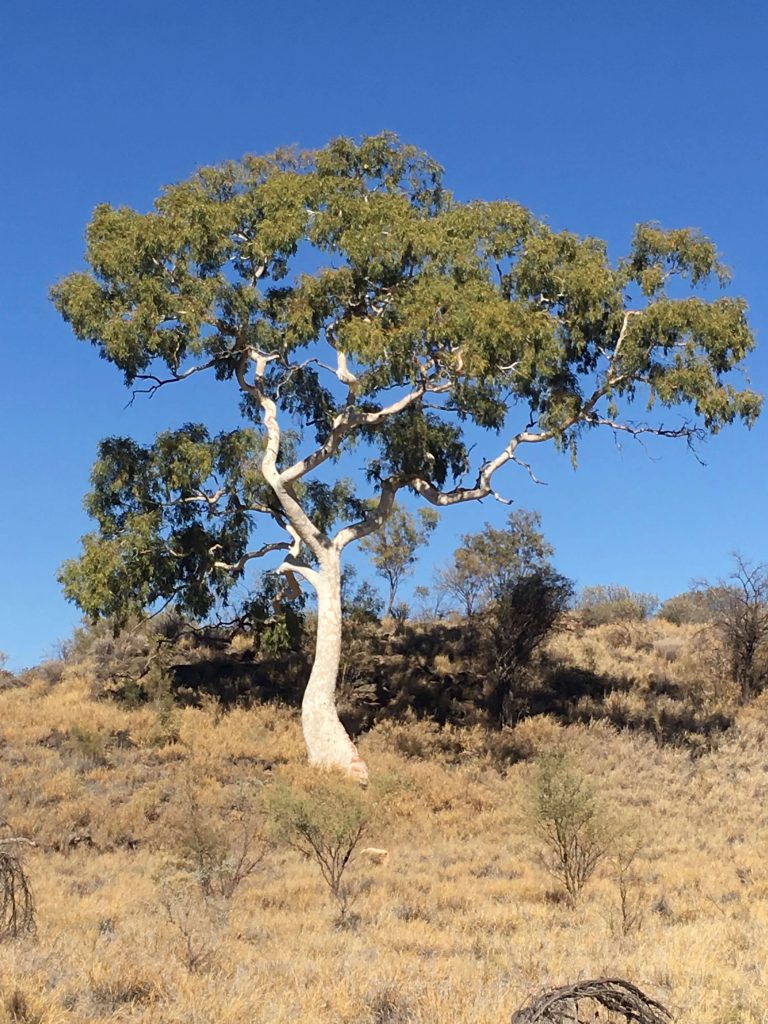
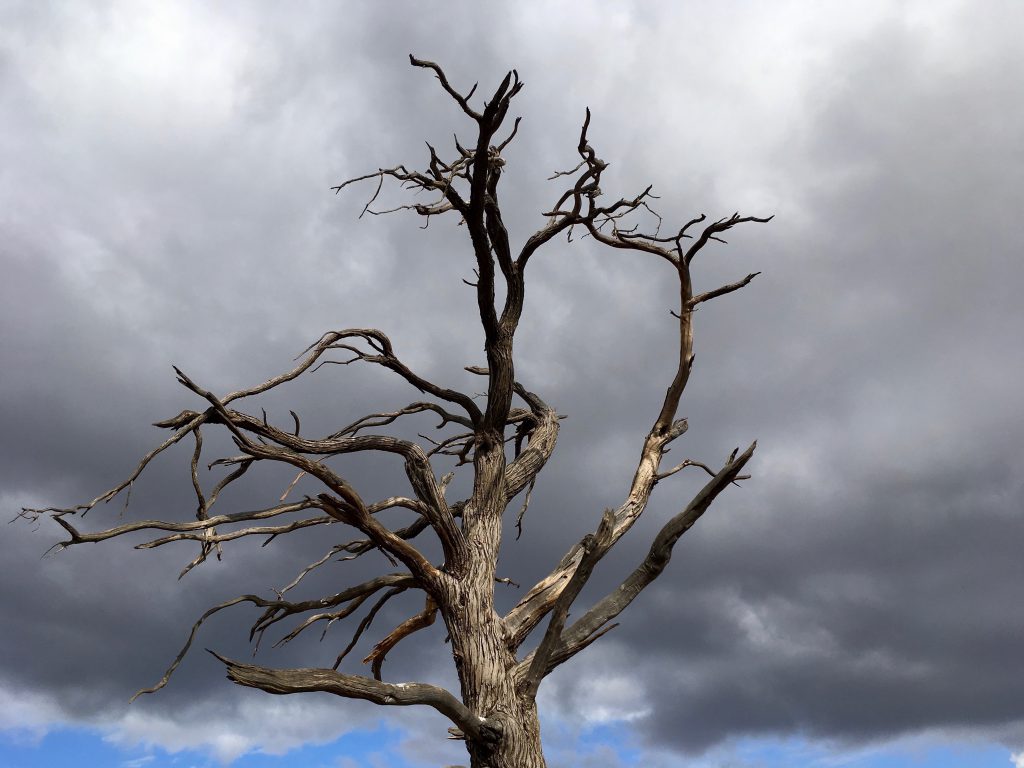


Leave a Reply
You must be logged in to post a comment.